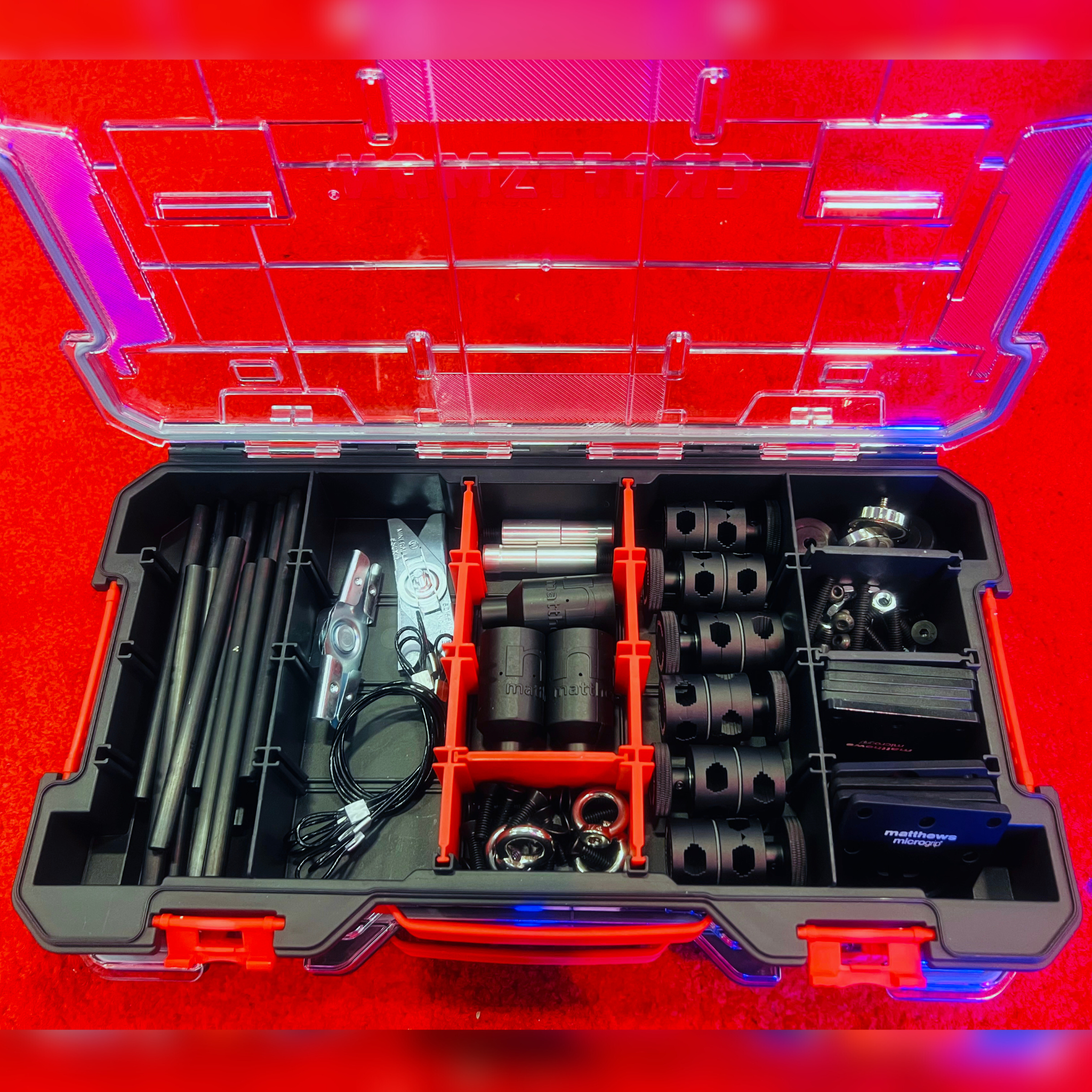Linear TV Dominates Time Spent Watching Video: Nielsen
Despite the industry’s focus on streaming and on-demand video, linear TV dominates Americans’ time spent viewing and is on the rise, according to a new report from Nielsen.
The report found that adults spent a total of 5 hours and 57 minutes watching video during the first quarter. That’s up from 5:46 in the Q4 and 5:27 in Q3.
Nielsen has changed the way it measures digital activity and it cannot prove comparisons to a year ago.
TV programming is so pervasive it is being seen in non-TV homes, according to the Q1 2018 Nielsen Total Audience Report.
The share of homes getting subscription video-on-demand services grew to 64% from 58% a year ago in the second quarter.
The report also said that 2.7% of homes now subscribe to virtual multichannel video programming distributors such as Sling, DirecTV Now and YouTube TV.
Viewers have access to internet enabled TV-connected devices in 67% of homes, up from 61% a year ago, with 34% of homes having two or more connected devices.
Get the TV Tech Newsletter
The professional video industry's #1 source for news, trends and product and tech information. Sign up below.
Despite the increase in access to streaming video, adults spent 4 hours and 46 minutes watching live and time shifted TV, compared to 46 minutes watching on TV-connected devices, 10 minutes with video on a computer, 10 minutes with video on a smart phone and 5 minutes on a tablet.
All of those numbers were up from the previous two quarters.
In the first quarter one of 10 minutes of TV viewed in streaming homes is streaming video through a TV-connected device or smart TV. Streaming to the TV is most popular with 12- 17-year-olds at 23% of viewing, with 18-34-year-olds streaming 18% of their TV watching.
Including radio, older viewers, ages 65 and up, spent the bulk of their media time, 60%, with live and time-shifted TV.
[Read: TiVo Report Sees New TV Data Shaking Up Measurement]
Among 18 to 34-year-olds, live and time-shifted TV represents a 26% share of viewing, eclipsed by smartphone viewing with a 29% share—the largest share for any demographic group. Overall 18-34-year-old adults consume 43% of their media on digital devices.
Amid all the talk about cord cutting, Nielsen said that 81% of TV households pay for some sort of multichannel video subscription, while 13% get TV over the air and 6% are broadband only.
Using its older methodology, in which the categories are not mutually exclusive, Nielsen said total multichannel TV homes fell 0.7% to 97.043 million homes from 97.730 million a year ago.
Wired cable homes fell to 50.197 million homes from 51.783 million; satellite homes dropped to 34.705 million from 35.507 million; and telco homes were down to 34.705 million from 35.507 million.
Broadcast only homes were up 6% to 16.529 million from 15.602 million and broadband only homes jumped 55% to 8.752 million homes from 5.627 million.
Multichannel subscribers consume the most TV on a daily basis. Those couch potatoes consume 6 hours and 2 seconds on average. Over-the air households consume 4:48 of TV and broadband-only homes watch TV for 2:47 a day. Subscribers to vMVPDs watch TV for 2:20 daily.
The Nielsen report noted that about 4 million U.S. homes, or 4% of all homes, do not qualify as a TV household. But six of 10 of those households have access to the internet that would enable them to stream content and only 18% said they do not watch TV.
When asked where they watch TV, 27% of people in non-TV homes said they watch on a computer, 17% said at a friend or relatives on a TV, 13% said in a public place on a TV, 10% said on a smartphone, 6% said a tablet, 5% work and 5% other.
The top reasons for not owning at TV set or having TV reception are: too expensive or can’t afford one (22%), not interested in TV programming (18%), watch video on DVD or VCR (16%), no digital TV converter box (12%) and not enough time to watch TV (12%).
“Consumers in today’s fragmented media landscape have so many ways to discover content that matters to them. This plethora of options is shaping behavior, too, as the ability to choose the source, device, location and time becomes more and more tailored,” said Peter Katsingris, senior VP, audience insights at Nielsen. “With each passing day, consumers are able to further customize their own media usage into an individualized experience akin to a media DNA, each consumer with an ability for complete personalization.”
Katsingris added that as the media landscape evolves, Nielsen has “also made advancements in our measurement solutions and this progress is represented throughout the report.”
